So you’ve bought your tickets, booked your hotel, and have a fun summer in Hawaii all planned out. What’s next? While Hawaii has a variety of activities available for every type of person, each Hawaii vacation begins the exact same way: An airport screening.
What you Need to Get Through Security
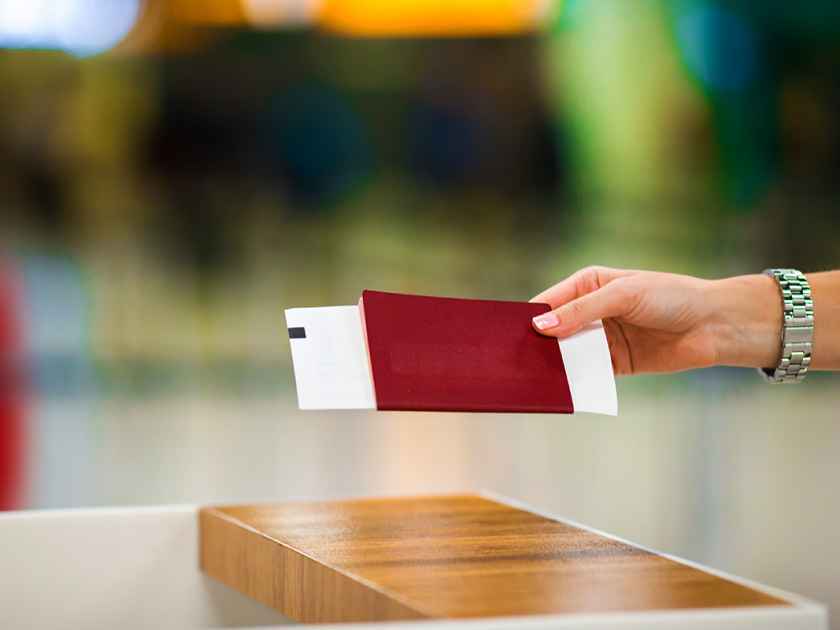
Airport security has been tight for a long time, and for good reason. Everyone wants their flight to go safely and smoothly so they can get to Hawaii and head to the beach. It shouldn’t come as a surprise, then, that TSA is willing to go to great lengths to find and remove anything that may compromise the safety and security of the flight. On the other hand, it can be downright painful to go through an hour of security checks, removing and re-donning your shoes multiple times, just to be able to find your gate.
For your benefit, here’s a full list of everything you need to get to your destination:
- Your boarding pass
- A government-issued photo ID
That’s it.
Without these two items you’re not getting on your plane. With just them and nothing else, you can pass through without worry—just make sure your name on both items is the same. Of course, if you’re traveling for more than a day, you’ll probably be packing supplies, essentials, and maybe a change of underwear.
What not to Pack when Flying to Hawaii
1. Weapons
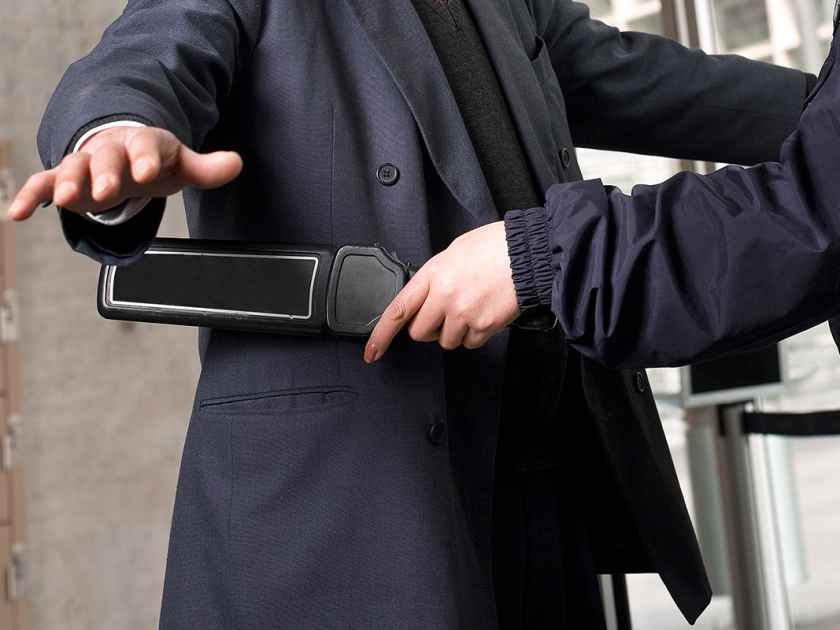
Some of you might be thinking “Well, of course you can’t bring weapons on a plane.” So hopefully you realize that this restriction applies to conventional firearms and ammunition as well as BB guns, paintball guns, flare guns, pellet guns, and realistic gun replicas.
It also applies to all knives as well as multi-tools like Swiss Army knives and leathermen. You may not realize, however, that this applies to anything that can be used as a weapon, including any sports bats/clubs/sticks/poles, snow cleats & crampons, tent spikes, tools longer than 7 inches (18 cm) and pepper spray/mace. As a rule, if you’re unsure of a particular item, leave it at home.
2. Liquids
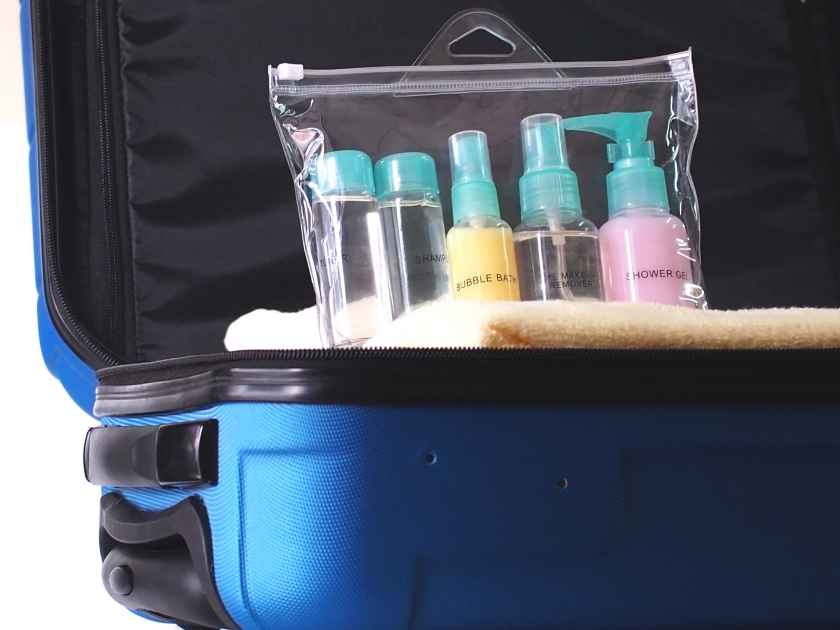
TSA has something called the “3-1-1 Rule” that every traveler should be aware of:
- Any liquid, gel, cream, or paste that you bring must be 3.4 ounces (100 ml) or less in quantity.
- You can bring as many of these 3.4-oz containers as you can fit in a single 1-quart bag (~0.95 liters).
- Each passenger may bring 1 bag of liquids with them as a carry-on. This bag must be declared when passing through security.
That’s the 3-1-1 rule: 3 ounces, 1 quart, 1 bag per passenger. Check the TSA website for more detailed information on what you can and can’t take through a security check.
3. Plants and Fresh Food

Hawaii has strict regulations on any living plants that come into the islands. Items such as live plants or fresh fruits and vegetables could be invasive or carry invasive species with them, such as bacteria or small insects.
As a preventative measure, many fruits and vegetables aren’t allowed in Hawaii, while others are with prior inspection. Generally speaking, you’re still allowed to bring dried plants, fruits, and vegetables as well as nuts. Cooked, canned, frozen, or processed foods are also OK if you (and your food) are flying from continental US. See here for more information. If you do happen to bring your daily apple with you to the airport, you’ll just be forced to smuggle it to the islands via your stomach. After a healthy amount of chewing, of course.
4. Pets
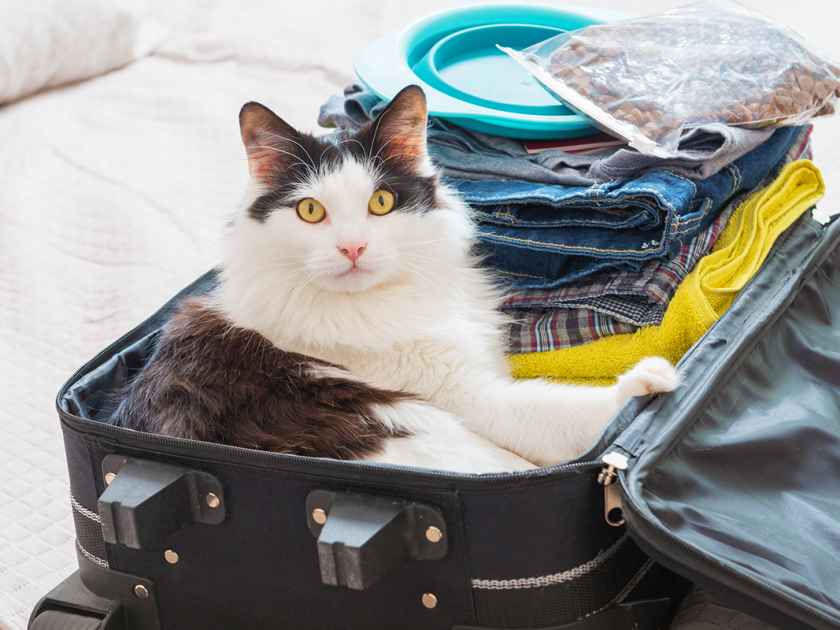
For the above reasons, animals also fall under strict regulations when going in and out of Hawaii. Hawaii is a rabies-free state and to keep it that way, all dogs and cats are quarantined upon arrival to undergo a rabies check. Most importantly, all incoming dogs and cats must undergo an OIE-FAVN rabies blood test and pass a 120-day waiting period.
If you haven’t completed this blood test, your furry family member will be placed in quarantine for the full 120 days. In general, it’s better to just leave Mr. Fluffles at a pet day-care or with a trusted friend.
Check out Hawaii’s Department of Agriculture page for more information.
What to Pack for a Long Flight
Hawaii, an isolated archipelago in the middle of the Pacific Ocean, is far away from any other major landmass. Flying to Hawaii from California will take over 5 hours, while flying from the East Coast, Japan, or Australia takes about 10 hours of non-stop flying. That’s a long flight, and you don’t want to be spending 9 hours sitting still with nothing to do, unable to fall asleep because it’s too bright or loud in the cabin for you to get comfortable.
Here’s a few (airport-security-approved) items you should keep in your carry-on to make your long flight go smoothly.
1. Things that will help you sleep:
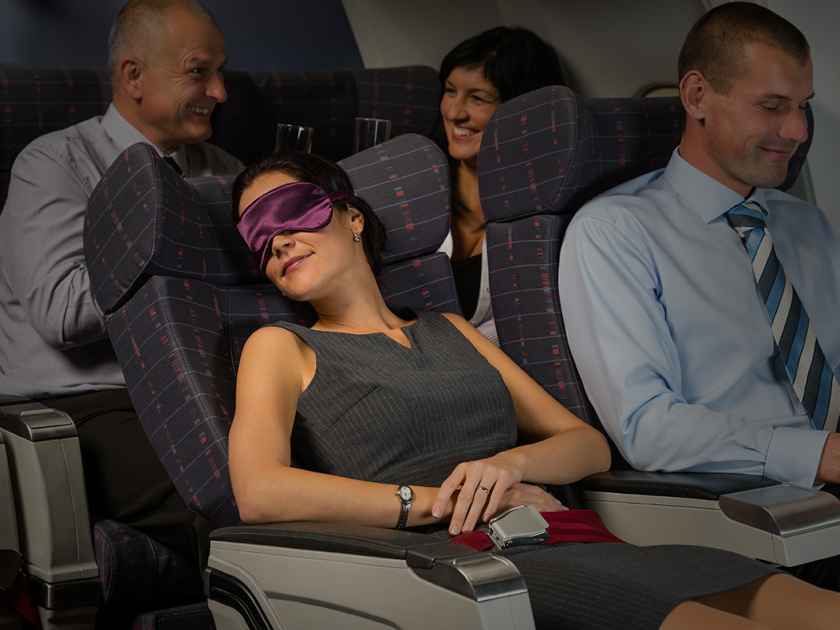
I highly recommend bringing a sleep mask or at least a handkerchief/bandanna to tie around your eyes. You can’t choose to close every window on the plane and turn off every light, so a mask is the only thing you can depend on to grant you sleep-worthy darkness.
Similarly, a set of earplugs can be a godsend. Whether there’s a crying baby or a loud conversation going on behind you, long flights are rarely quiet enough to sleep through. In lieu of earplugs, a good set of noise-canceling headphones is a great, multi-purpose alternative.
Lastly, most people find a pillow or neck-cushion indispensable for getting a good nap in during long flights. The horseshoe-shaped cushions are great at preventing stiff necks that are typical of sleeping in the seated position.
2. Things that will keep you awake:
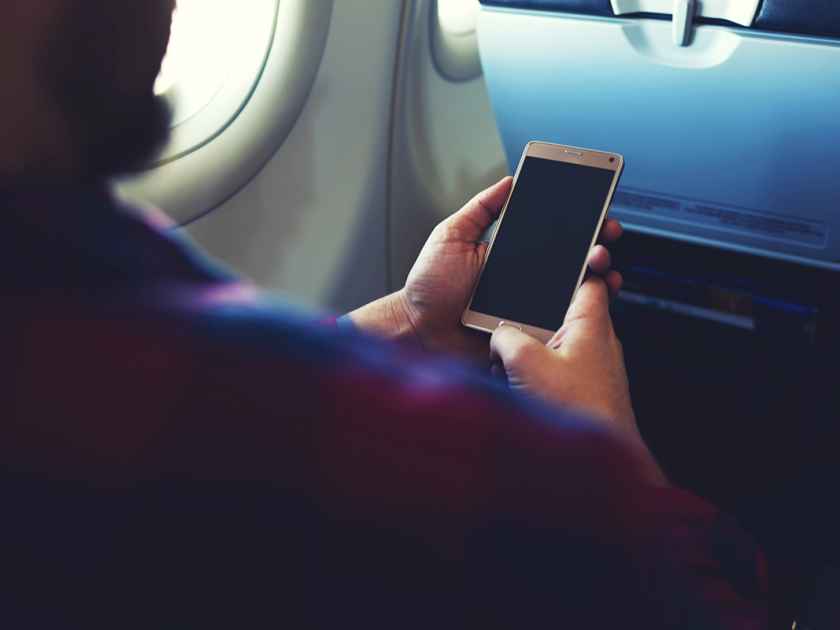
So maybe you’re reading this at the airport and forgot to bring all of the previously-mentioned items. Maybe you’re gonna land at 9:30 and really don’t want to be wide awake for your first night in Hawaii. Either way, you might not want to spend the entire flight asleep, which is why these items are great to have with you on long flights.
A mobile device is the typical modern-day entertainment device, and you’re free to use one that doesn’t interfere with airplane communications, such as a tablet or music player. Phones can be used so long as they’re in airplane mode, which means no internet and no phone calls. I recommend transferring a few albums and movies to your phone’s memory before the flight. Books and ereaders are a dependable choice that will keep you engaged for as long as you have something to read. In-flight magazines that will give you more information on your destination are available on most flights.
Failing that, a deck of cards can entertain anyone without needing batteries. Even if you’re flying alone, you can play solitare on your tray or invite the person next to you to play blackjack (if they’re not sleeping, of course).
3. Things that will keep you comfortable:
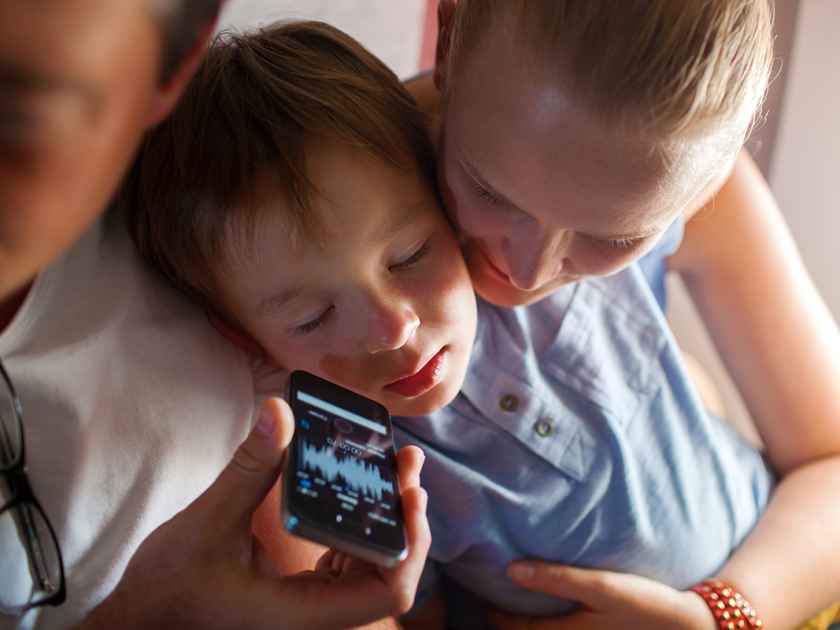
Arguably the most important things to bring when traveling are the little things that will keep you sane on a long flight. These are minor things that you could do without, but go a long way in making travel tolerable.
A bottle of water won’t make it past airport security, but you could always bring an empty bottle and fill it up at a fountain in the airport. If not, buy a bottle at the airport. You don’t want to be at the mercy of your flight attendant to stay hydrated—she’s got dozens of other people to take care of, after all.
Likewise, a light snack comes in handy when the airplane food isn’t enough (or just isn’t very good). As stated earlier, avoid bringing fresh fruit or vegetables unless you’re ready to go through agricultural inspection or eat them all before you land. Nuts, dried fruit, chips, or crackers are all fair game, though, and can make a 9-hour flight bearable when a bland airplane lunch just doesn’t cut it.
Comfortable clothing is one of the most important things to have when traveling. Even though you’re likely heading to a warmer climate, chances are the pressurized, climate-controlled airplane cabin will be kept chilly for the duration of your flight. As such, a light jacket or small blanket will do wonders in keeping you comfortable, especially if you’d like to catch up on sleep.
If you’re traveling with kids or babies, everything listed above is doubly important, with the addition of anything that will keep your kid happy. This means diapers, milk, toys, snacks, or coloring books. As parents, you understand that if your child is unhappy, you’re gonna have a bad time.
Other Tips for Travelers
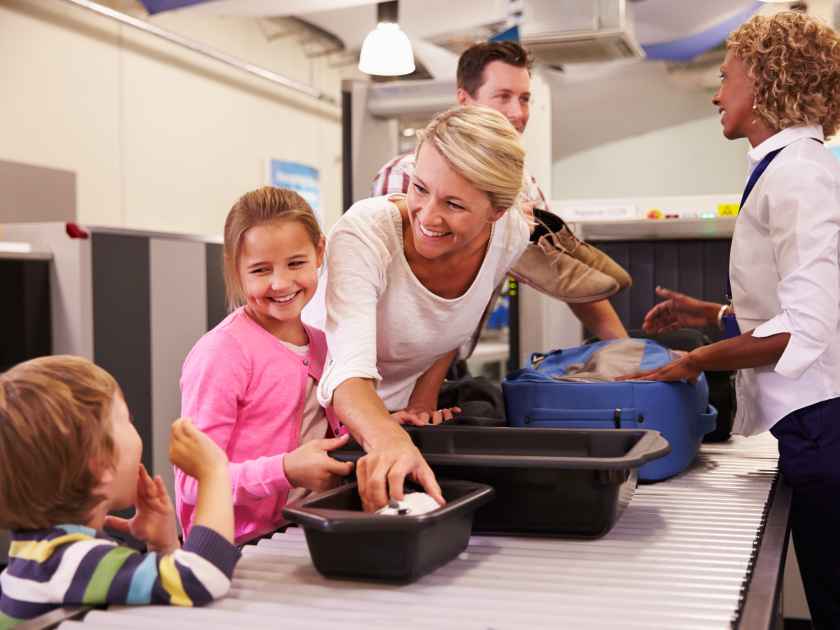
With all of this in mind, you’re pretty much set for your trip to Hawaii! Congrats and get packing! Before that, here’s a few parting tips that might make your life easier.
- Dress for security: I don’t mean short shorts and a low cut top. Keep in mind that when going through security, you’ll have to remove your shoes and belt, as well as empty out your pockets. The best way to prepare for this, then, is to keep your pockets empty (save for the 2 essential items listed above) by stashing your keys and phone in your carry-on. Avoid wearing a belt to the airport altogether to save yourself some trouble. For footwear, choose something you can remove and wear easily like slippers (“flip-flops” for our continental friends). They’ll be seeing a lot of use in the islands, anyway.
- Check-In early: Most airlines now offer online and mobile check-in options that can save you time at the airport. Not all passengers can check-in via the web, so visit your airline’s website for more details on online check-in. You can also print out your boarding pass at home, which saves you time looking for a kiosk at the airport. If you’re a US national and fly often, consider applying for TSA Pre-check. For an $85 membership fee that lasts 5 years, you can streamline your trip through airport security by registering you in a “known traveler” registry, which requires a fingerprint and background check.
- Less is more: This one might seem difficult to wrap your head around, but a lot of things you pack in a check-in bag aren’t strictly necessary to bring. Chances are, you can fit all your necessities in your carry-on and buy or rent anything you need at your destination. This has the added bonus of saving time and money, as well as not having to worry about your baggage being lost or sent to the wrong state. If you can manage it, I recommend you forgo your check-in bag altogether and put all your travel items in a carry-on.
- Bring your sense of humor: One of the most important things to consider is that while traveling you’ll probably be stressed, tired, and anxious to get out of the airport and into your hotel. Chances are, the same goes for everyone else at the airport.
With that in mind, it’s good to step back and take a deep breath if you find yourself getting impatient. Don’t let it get you down: it’ll all be worth it when you finally arrive in paradise!
Jason
Having grown up in Honolulu, Jason writes for HawaiiActivities to help share the beauty of the islands with visitors.


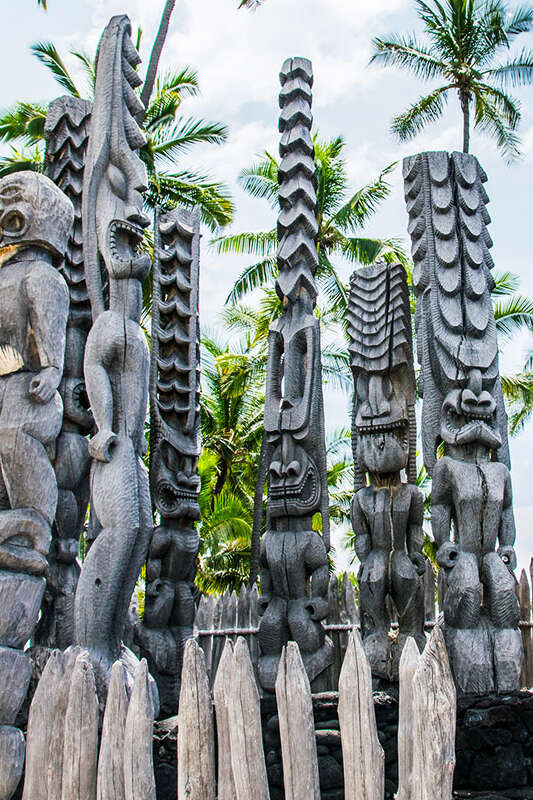
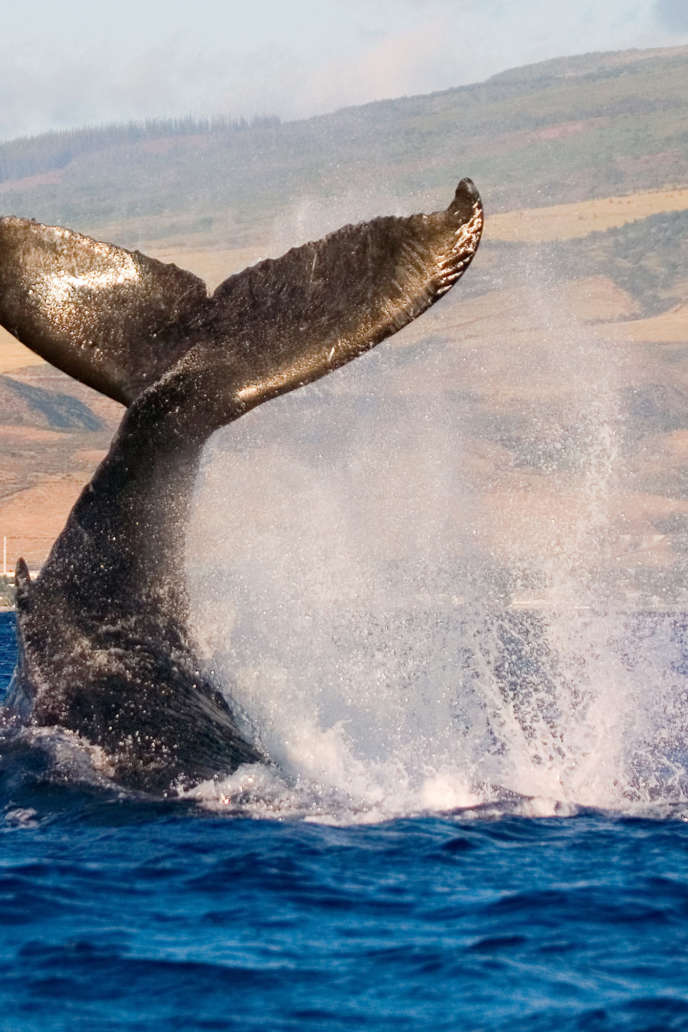
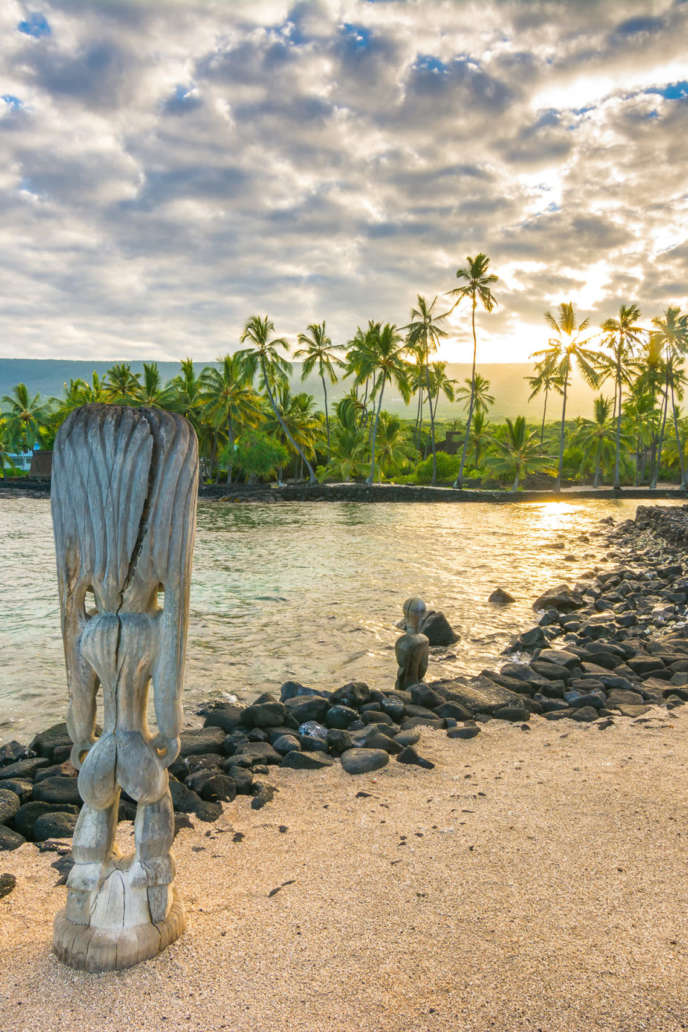
Fantastic information! Was thinking of bringing a box of specialty pears to share with my sister on the Big Island. Nope, that’s not happening. Probably would have made some new friends at the airport as I’d have a hard time tossing these out.